Politics
Inside Raila-Ruto Deal Ahead of 2027 Election
The establishment of a five-member technical team, chaired by former ODM Senator Agnes Zani, signals the seriousness with which both leaders view this collaboration.
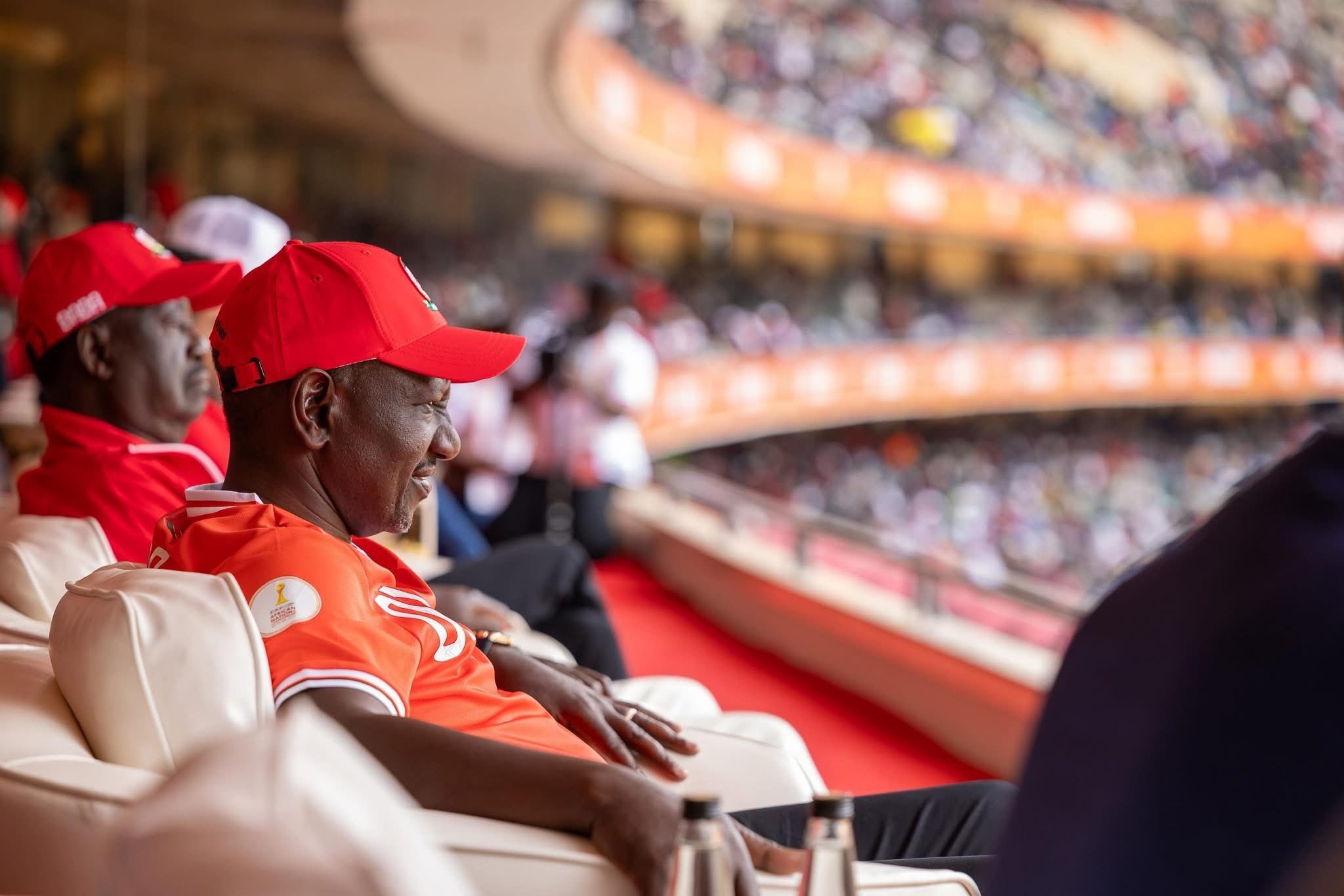
Strategic Alliance Takes Shape as Opposition Leader Commits Support Until Next Polls
Kenya’s political landscape is witnessing a seismic shift as President William Ruto and opposition stalwart Raila Odinga inch closer to formalizing what could be the most consequential political alliance in the country’s recent history.
Behind closed doors, the two leaders are crafting a roadmap that may reshape the 2027 electoral dynamics entirely.
At the heart of this emerging partnership lies a pragmatic 10-point agenda that has become the cornerstone of negotiations between Ruto’s UDA party and Odinga’s ODM. The agreement, signed amid considerable skepticism from both camps’ rank and file, now serves as the litmus test for a potential pre-election coalition.
The establishment of a five-member technical team, chaired by former ODM Senator Agnes Zani, signals the seriousness with which both leaders view this collaboration. This committee, tasked with overseeing implementation of both the 10-point agenda and the National Dialogue Committee (NADCO) recommendations, represents more than administrative machinery—it’s the vehicle through which trust will be built or broken.
ODM’s Calculated Gambit
For Odinga, this alliance represents a dramatic departure from decades of opposition politics. His recent declaration that ODM will remain in the broad-based government “until 2027” has sent shockwaves through Kenya’s political establishment. The veteran politician, who has contested and lost five presidential elections, appears to be playing a longer game.
“Beyond 2027 are issues that we will discuss at the appropriate time, and the decision will be made by party members, not Raila Odinga alone,” he stated, leaving room for maneuvering while committing to the current arrangement.
The ODM leader’s strategy seems anchored on extracting maximum concessions from the Ruto administration while his party enjoys significant leverage. With ODM’s strongholds in Nyanza, Western, and Coast regions representing crucial swing territories, Odinga holds cards that could prove decisive in 2027.
However, this alliance comes with strings attached. ODM Secretary-General Edwin Sifuna has been vocal about his party’s conditions, threatening a walkout if the 10-point agenda remains unimplemented. The demands are substantial: compensation for protest victims, increased resource allocation to counties, an end to police killings and abductions, and genuine implementation of NADCO recommendations.
President Ruto appears keenly aware of these expectations. His administration’s recent moves suggest a concerted effort to address ODM’s grievances. The promise of quarterly joint parliamentary group meetings between Kenya Kwanza and ODM parliamentarians indicates a level of institutional cooperation unprecedented in Kenya’s multi-party era.
Regional Dynamics at Play
The implications extend beyond national politics. ODM lawmakers like Sam Atandi have begun floating the idea of a “President Ruto-Tosha movement,” echoing the historic 2002 endorsement that catapulted Mwai Kibaki to power. Atandi’s assertion that “we owe President Ruto a token of appreciation” references Ruto’s support for Odinga in 2007, suggesting a narrative of political reciprocity.
This regional calculus is crucial. Odinga’s ability to deliver his traditional strongholds could prove the difference between Ruto facing a fragmented opposition or a united front in 2027. For a president whose approval ratings have fluctuated amid economic challenges, securing ODM’s backing represents a significant strategic advantage.
The emerging Ruto-Odinga axis has profound implications for Kenya’s opposition landscape. Traditional opposition figures find themselves grappling with a scenario where their most prominent leader has effectively crossed the aisle. This has already sparked discussions about alternative power-sharing arrangements and coalition possibilities among remaining opposition parties.
The timing is particularly significant. With ODM’s National Delegates Convention scheduled for October, the party will have an opportunity to formally ratify or reject this strategic direction. The convention could either cement the Ruto-Odinga partnership or expose the deep fissures within ODM’s ranks.
Challenges Ahead
Despite the apparent momentum, significant hurdles remain. Implementation of the 10-point agenda has been slow, with most NADCO recommendations still unfulfilled except for IEBC restructuring. The proposed Office of the Leader of Official Opposition and Office of the Prime Minister remain paper commitments, raising questions about the government’s genuine commitment to reform.
Moreover, Ruto faces his own internal challenges. UDA stalwarts who view ODM as a traditional enemy may resist closer cooperation, particularly if it comes at the expense of their own political ambitions. The president must balance appeasing Odinga while maintaining his party’s unity.
The 2027 Equation
As the March 7, 2026 deadline for the final implementation report approaches, both leaders face a moment of truth. For Odinga, supporting Ruto’s re-election bid would represent a remarkable transformation from perennial opposition figure to kingmaker. For Ruto, securing ODM’s backing could provide the foundation for a decisive electoral victory.
The quarterly progress reports and joint parliamentary sessions will serve as critical markers of this partnership’s viability. Success in implementing the agreed agenda could pave the way for a formal pre-election coalition. Failure could see the relationship collapse, potentially leaving both leaders politically diminished.
The Ruto-Odinga rapprochement represents more than political convenience—it’s a recognition of Kenya’s evolving democratic landscape. In a country where ethnic coalitions have historically determined electoral outcomes, this alliance transcends traditional boundaries and could establish new paradigms for political cooperation.
Whether this partnership survives the scrutiny of implementation and the pressures of partisan politics remains an open question. What’s certain is that the 2027 elections are already being shaped by decisions made in boardrooms and private meetings between Kenya’s most influential political figures.
The road to 2027 promises to be unlike any Kenya has witnessed, with yesterday’s adversaries potentially becoming tomorrow’s allies in the complex chess game of Kenyan politics.
Kenya Insights allows guest blogging, if you want to be published on Kenya’s most authoritative and accurate blog, have an expose, news TIPS, story angles, human interest stories, drop us an email on [email protected] or via Telegram
-

 Business1 week ago
Business1 week ago‘They’re Criminals,’ Popular Radio Presenter Rapcha The Sayantist Accuses Electric Bike Firm Spiro of Fraudulent Practices
-
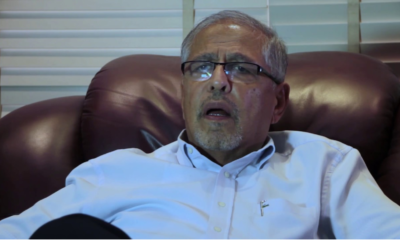
 News2 weeks ago
News2 weeks agoTemporary Reprieve As Mohamed Jaffer Wins Mombasa Land Compensation Despite Losing LPG Monopoly and Bitter Fallout With Johos
-

 Business5 days ago
Business5 days agoIt’s a Carbon Trading Firm: What Kenyans Need to Know About Spiro’s Business Model Amid Damning Allegations of Predatory Lending
-
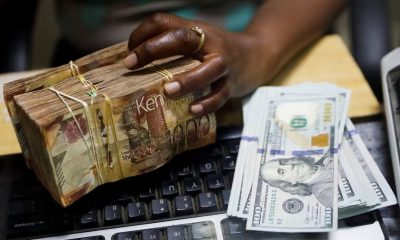
 Business4 days ago
Business4 days agoManager Flees Safaricom-Linked Sacco As Fears Of Investors Losing Savings Becomes Imminent
-
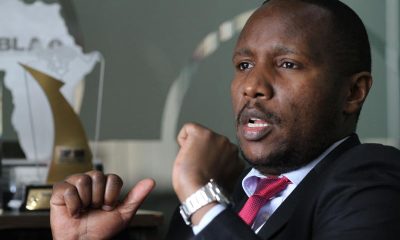
 Investigations2 weeks ago
Investigations2 weeks agoFrom Daily Bribes to Billions Frozen: The Jambopay Empire Crumbles as CEO Danson Muchemi’s Scandal-Plagued Past Catches Up
-
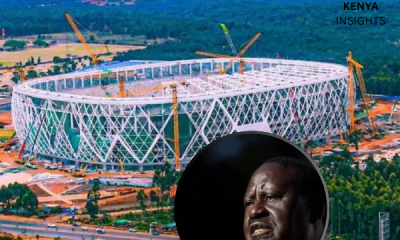
 Investigations1 week ago
Investigations1 week agoDisgraced Kuscco Boss Arnold Munene Moves To Gag Media After Expose Linking Him To Alleged Sh1.7 Billion Fraud
-

 Sports2 weeks ago
Sports2 weeks ago1Win Games 2025: Ultimate Overview of Popular Casino, Sports & Live Games
-

 Business2 weeks ago
Business2 weeks agoHass Petroleum Empire Faces Collapse as Court Greenlights KSh 1.2 Billion Property Auction











